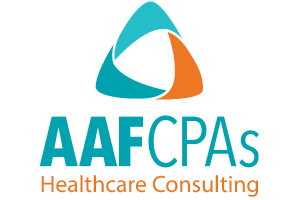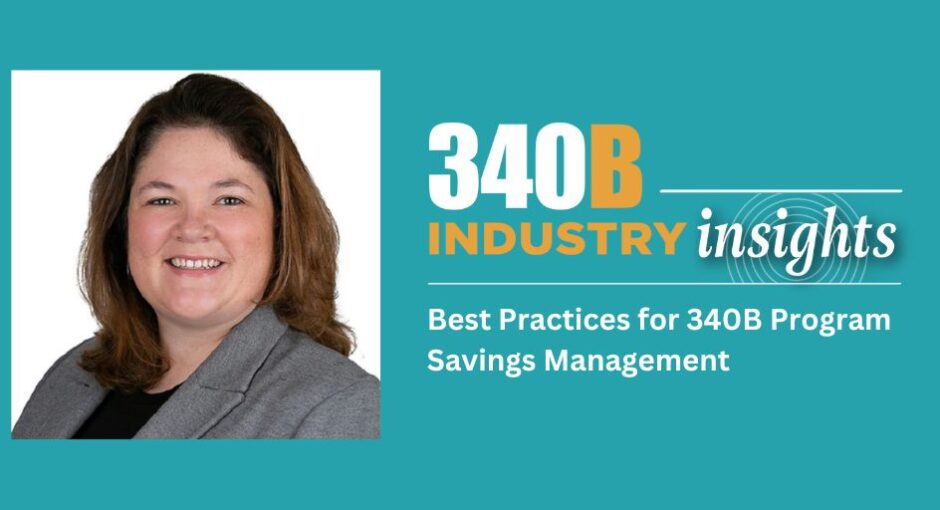SPONSORED CONTENT
Being part of the 340B program is not just about saving money; it also requires careful management of those savings. To get the most out of the 340B program, organizations should accurately calculate savings and carefully manage and document how they are used. This process is essential to maintaining compliance and supporting the program’s broader mission of enhancing care for vulnerable populations. Proper management and oversight help organizations demonstrate the tangible impact of savings and maintain the integrity of the program’s goals.
AAFCPAs advises that program participants approach measurement with the following in mind.
- Define “Program Savings.” This may be measured based on the cost savings when purchasing at 340B discount prices or based on the 340B program’s net profitability (excluding profits generated from retail sales).
- Track Savings Regularly. Measure defined program savings monthly or at least quarterly using your financial reporting system.
- Evaluate Financial Allocation. Review profit and loss schedules by department, site, or program and determine where program savings are being applied. Consider whether other revenue sources (restricted grants, earned revenue, or Federal/state grants) already supplement any losses.
- Document Savings Effect. Prepare a formal program savings calculation against programmatic or departmental losses to show a net income or loss.
- In the case of a net income, trend profit across a period of time and formalize a policy for the use of those funds in future growth/expansion projects. Define a reasonable timeframe for reinvestment of those profits.
- In the case of a net loss, document the reasonableness of 340B savings use against those losses and outline rationale for maintaining a program or department of significant losses versus reinvesting in another area of the covered entity.
- Ensure continuous oversight. Measure program savings each year to support proper monitoring and management of the 340B program’s intent and integrity.
Just as imperative is the need to summarize and consider costs associated with a contract pharmacy. This includes dispensing and remediation fees. These costs should be clearly outlined in the covered entity’s 340B policy to ensure they meet industry standards and align with the 340B program’s goals. AAFCPAs can help you develop these standard measurements and policies, using technology to make the process easier for your team.

Courtney McFarland, CPA, is Partner at AAFCPAs. She can be reached at cmcfarland@aafcpa.com.



